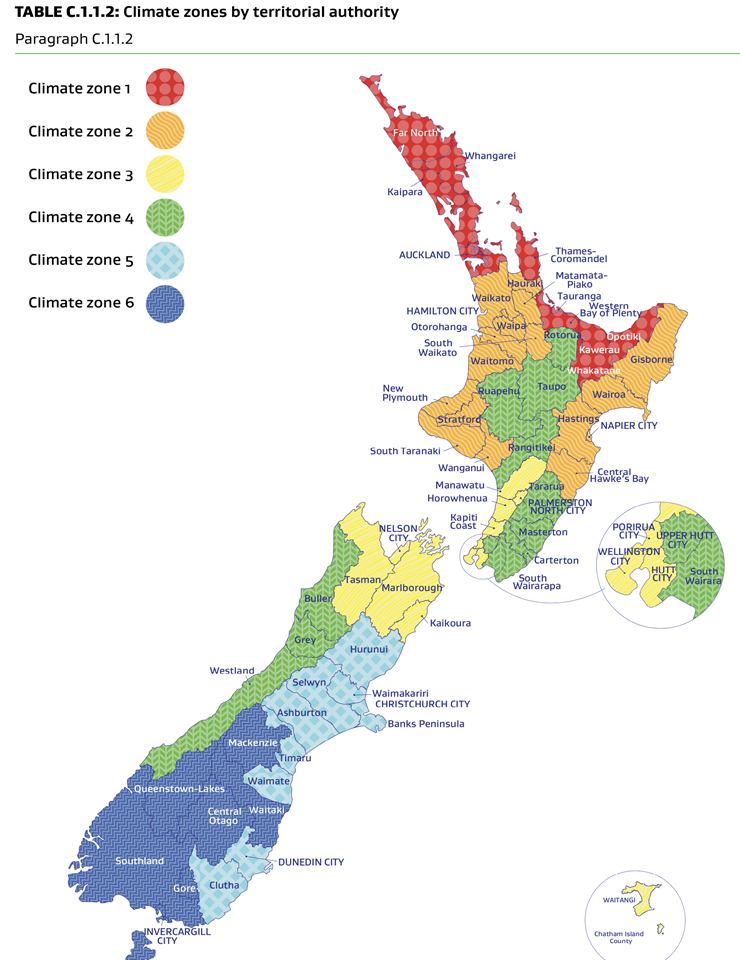H1 Compliance Overview
The minimum thermal performance (keeping a home warm) for housing for building consents has changed. Along with new climate zones we have seen an increase in the thermal performance required for windows in new homes. This varies depending on the climate zone of the building location.
The three different methods of H1 compliance are as below:
The Schedule Method (table) - find in MBIE H1 Energy Efficiency AS H1/AS1
The Calculation Method (which can be supplied by your window fabricator)
The Modelling Method (requires specialist software)
Selecting your double and triple glazing
When selecting the right double or triple glazing for your home one of the main considerations is around keeping your home warm in winter.
The minimum thermal performance (keeping a home warm) for housing has changed for building consents lodged after the 3rd Nov 2022. The U value of glass is a key thermal performance measure which has improved due to main changes 1) The introduction of Low E coating technology and 2) Replacing the air between the double glazed panes with argon gas.
To use the Window and Glass Association NZ reference guide click here and simply add your Territorial Authority and consent date.
The MBIE map below illustrates the Climate Zones and Territorial Authority Boundaries.

What is BPIR?
From 11th December 2023, new Building Product Information Requirements (BPIR) commenced, they place obligations on New Zealand based manufacturers and importers of building products to provide building product users with key information about their product, including performance and compliance with the NZ building code.
Metro Glass BPIR Documents
View our Building Product Information Requirements (BPIR) documentation for our Insulated Glass Units (IGU's) and Single Glass units here.
Summer Holiday Closure: 19 December 2025 – 12 January 2026
Metro Performance Glass will be closed for the summer break from midday Friday 19 December 2025 and will reopen Monday 12 January 2026.
Wishing you a safe, relaxing and enjoyable holiday season!
